What is Omnichannel E-Commerce? A Guide to a Seamless Customer Experience
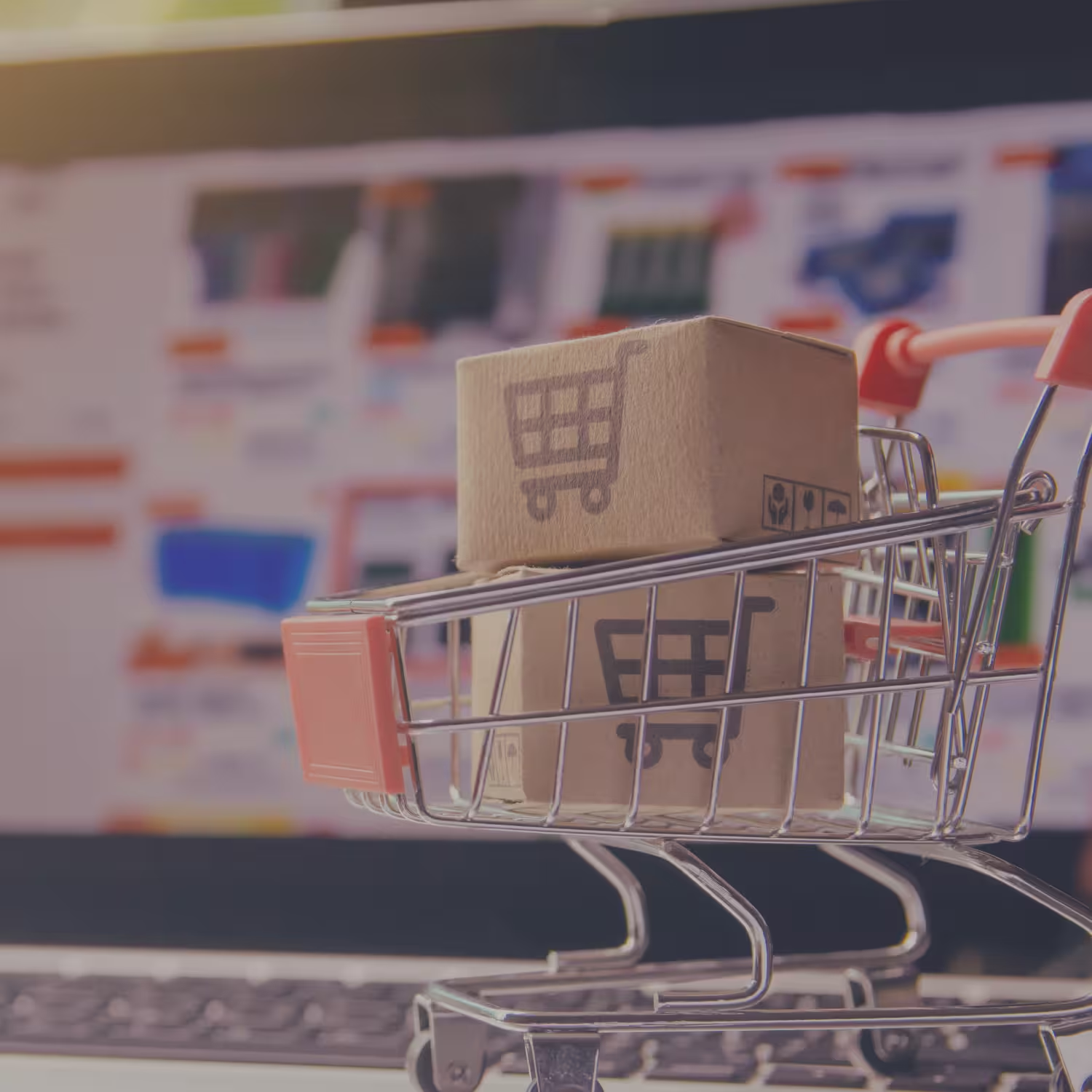

Introduction: The Modern Customer Journey
Imagine this: You’re scrolling through your social media feed during your morning commute when an ad catches your eye—a stylish jacket perfect for the upcoming season. You tap on it, browse the product page on your smartphone, and decide you like it, but you’re not quite ready to buy. A few hours later, at your desk, you remember the jacket and visit the brand’s website on your laptop for a better look. To your delight, because you were logged into your account, the jacket is already waiting for you in your shopping cart.
After comparing a few colors, you decide to make the purchase. You see an option for “Buy Online, Pick Up In-Store” and notice you can get it today from a location just a few blocks from your office. Perfect. You complete the transaction, and within an hour, a notification pops up on your phone: “Your order is ready for pickup!” On your way home, you walk into the store, scan a QR code from your app at a designated kiosk, and a sales associate greets you with your package in hand. The entire process—from discovery on social media to holding the product in your hands—was effortless, connected, and completely centered around your convenience.
This seamless, integrated experience is the brilliant result of omnichannel e-commerce.
So, what exactly does that mean? At its core, omnichannel e-commerce is a customer-centric strategy that breaks down the silos between a company’s various sales and marketing channels. It’s not just about being present on a website, a mobile app, social media, and in a physical store; it’s about weaving these touchpoints together into a single, unified ecosystem. In an omnichannel world, the customer’s journey is fluid and continuous, allowing them to switch between a phone, a laptop, and a brick-and-mortar store without any friction or loss of context. The brand presents one consistent identity, one set of data, and one seamless conversation, no matter how the customer chooses to interact.
In today’s hyper-connected marketplace, embracing this approach is no longer a luxury—it’s a necessity. Modern customers don’t see channels; they see a single brand. They expect the convenience of starting a purchase on one device and finishing it on another. They expect a retailer’s mobile app to be aware of their in-store purchase history. They expect personalized recommendations based on their browsing behavior, whether that happened online or in person. When these expectations aren’t met, the experience feels clunky and disjointed, leading to frustration, cart abandonment, and ultimately, a lost customer.
Businesses that fail to adapt risk becoming obsolete, left behind by competitors who understand that the key to winning in the digital age is to place the customer at the absolute center of their universe. Adopting an omnichannel strategy is about more than just technology; it’s about fundamentally rethinking the customer relationship to build loyalty, drive sales, and create a brand experience so smooth that it becomes an invisible, yet powerful, competitive advantage.
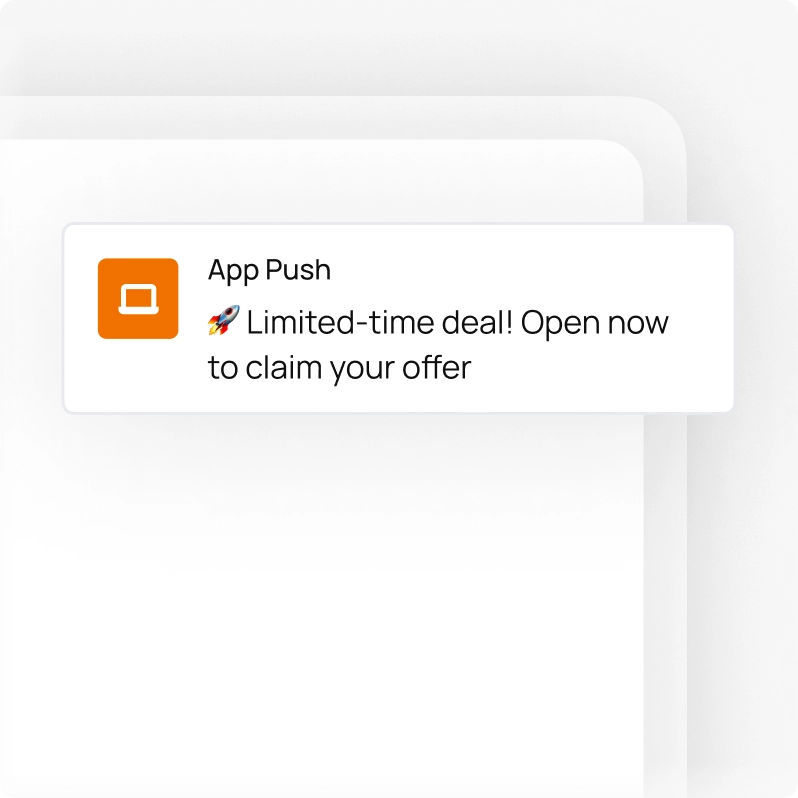
II. What is Omnichannel E-Commerce?
At its heart, omnichannel e-commerce is a philosophy and a strategy built around a single, powerful premise: the customer, not the channel, is the center of the retail universe. It represents a fundamental shift from a business-focused model to a truly customer-centric one. In this model, every touchpoint—from your website and mobile app to your physical store, social media profile, and email newsletters—is woven into a cohesive, intelligent, and unified ecosystem. It’s about creating a single, continuous conversation with your customer that follows them wherever they go, ensuring the experience is not just consistent, but also contextually aware and deeply personal.
To truly grasp the revolutionary nature of omnichannel, it helps to understand its evolution from simpler retail models.
Single Channel: The Starting Point
The most traditional approach is single-channel retail. This is a business that operates through one single point of sale. Think of a classic brick-and-mortar store with no online presence, or, on the flip side, an e-commerce brand that exists only online with no physical footprint. While this model is straightforward, its limitations in today’s market are stark. It restricts customer reach and fails to meet the modern consumer’s demand for flexibility and convenience.
Multichannel: More Channels, More Problems
As businesses grew, they adopted a multichannel approach. This was a logical next step: be where your customers are. A company might have a physical store, a website, and a new mobile app. They might run a Facebook page and a customer service call center. Each of these channels is an opportunity to sell and interact with customers. However, the critical flaw of the multichannel model is that these channels operate in complete isolation. They are, in effect, separate businesses under the same brand umbrella.
In a multichannel setup, the website has no idea what a customer bought in the physical store. The mobile app’s shopping cart doesn’t sync with the website’s cart. Customer data is siloed, marketing efforts are duplicated, and the customer experience is fragmented. The focus is on maximizing the performance of each individual channel, not on the customer’s holistic journey.
Omnichannel: A Unified, Customer-Centric Approach
Omnichannel takes the multiple channels of the previous model and connects them. It’s the difference between a group of talented individual players and a cohesive, championship-winning team.
- In a multichannel setup, you have a collection of all-stars who don’t play together. The “website player” focuses only on driving online sales, and the “in-store player” only cares about foot traffic. They don’t communicate or share the ball. The fan (your customer) has to watch a disjointed and often frustrating game.
- An omnichannel strategy creates a true team. The website (point guard) can set up an easy “assist” for the physical store (the center) to “score” via in-store pickup. The mobile app (the coach on the sidelines) sends real-time, strategic plays—like personalized push notifications—based on the customer’s behavior across all other channels. Every part of the system works in sync with one goal: to provide a winning experience for the customer.
This is where a powerful communication and engagement platform like indigitall becomes the playbook for your team. Transitioning from a clunky multichannel system to a fluid omnichannel one requires technology that can break down those data silos. Indigitall empowers businesses to connect with customers through channels like push notifications, in-app messages, web push, and messaging apps, using data from the entire customer journey to make every interaction relevant. For example, when a customer abandons a cart on your website, indigitall’s platform can trigger a personalized push notification to their phone an hour later, reminding them of the item and perhaps offering a small incentive to complete the purchase. This simple, automated action connects two separate channels (web and mobile) to create one seamless, persuasive experience, turning a potential lost sale into a loyal customer.
What are the 4 C’s of Omnichannel?
To successfully build an omnichannel strategy, it’s essential to move beyond simply being on multiple channels and instead focus on the quality and connectivity of the customer experience. The “4 C’s of Omnichannel” provide a crucial framework for achieving this, guiding businesses to create a truly integrated and customer-centric ecosystem. Each “C” represents a core pillar that must be upheld across every touchpoint to ensure a seamless journey.
- Context: This is the foundation of personalization. Context means understanding who your customer is, where they are in their journey, and what they need in that specific moment. It involves leveraging data—such as past purchase history, browsing behavior, location, and even the time of day—to make every interaction relevant and valuable. For example, a customer who has been browsing hiking boots on your website might receive a push notification on their phone about a sale on outdoor gear right as they walk past one of your physical store locations. This isn’t a random advertisement; it’s a timely, context-aware message that adds value and feels like a personal recommendation rather than a generic marketing blast.
- Consistency: A customer’s perception of your brand should not change, regardless of how they choose to interact with you. Consistency means that your branding, messaging, pricing, promotions, and level of customer service are uniform across all channels. The tone of voice used in your social media posts should align with the way an in-store associate speaks to a customer. A “20% off” promotion advertised in an email must be easily redeemable on the mobile app and honored without question at the cash register. This consistency builds trust and reliability, assuring customers that they are dealing with one single, dependable brand, not a collection of disconnected departments.
- Continuity: This pillar addresses the fluid movement of customers between channels. Continuity ensures that a customer’s journey can be paused on one channel and seamlessly resumed on another without forcing them to start over. The most classic example is the persistent shopping cart: a customer adds items to their cart using a mobile app on their lunch break and can later log in on their desktop computer at home to find those same items waiting for them. It also applies to customer service, where a conversation that starts in a web chat can be continued over the phone without the customer needing to repeat their issue. This removes friction and respects the customer’s time and effort.
- Convenience: Ultimately, the goal of an omnichannel strategy is to make the customer’s life easier. Convenience is about providing a range of flexible options that empower customers to shop how, when, and where they want. This is exemplified by the rise of services like BOPIS (Buy Online, Pick Up In-Store), curbside pickup, and easy return policies (e.g., buying a product online and returning it to a physical store). It also includes offering diverse payment options, real-time inventory visibility across all store locations, and one-click purchasing. By removing barriers and making the entire process as frictionless as possible, businesses can deliver a superior experience that fosters loyalty and drives repeat business.
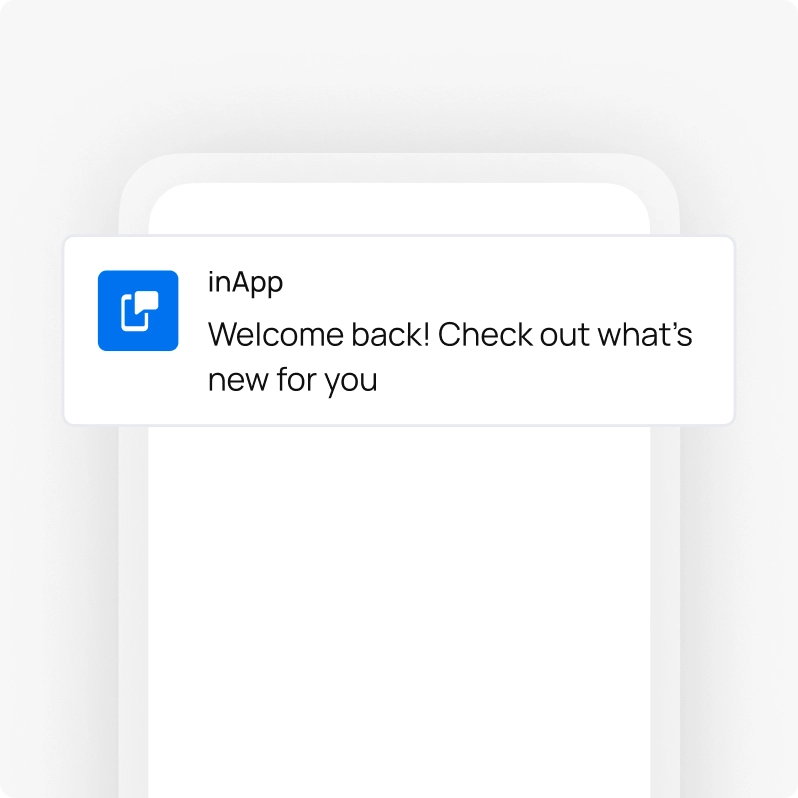
III. Why is Omnichannel E-Commerce Important? (The Benefits)
Adopting an omnichannel strategy is more than just a technological upgrade; it’s a fundamental investment in your customers that pays significant dividends across your entire business. By placing the customer’s experience at the forefront, companies unlock a powerful suite of benefits that drive satisfaction, boost revenue, and create a sustainable competitive advantage. In a market where consumers have endless choices, a superior experience is the ultimate differentiator.
Improved Customer Experience and Satisfaction 🤩
The most immediate and profound impact of an omnichannel approach is a dramatically improved customer experience. Modern consumers don’t think in terms of channels; they think in terms of their own needs and convenience. An omnichannel strategy meets them where they are.
- Consistency across all touchpoints: A consistent experience builds trust and reliability. When a customer interacts with your brand, whether on your app, website, or in a physical store, the messaging, branding, and service quality should be identical. This reassures the customer that they are dealing with a single, cohesive entity that values their business, eliminating the jarring feeling of interacting with disconnected departments.
- Personalized interactions: By breaking down data silos, omnichannel allows you to gain a 360-degree view of your customer. This unified profile means you can move beyond generic marketing and deliver truly personalized experiences. Imagine a customer who browsed for a specific dress online but didn’t buy it. The next time they open your app, that dress could be featured on the homepage with a notification that their size is available at their nearest store. This level of personalization makes customers feel seen and understood, transforming the shopping experience from a simple transaction into a helpful, curated journey.
Increased Sales and Revenue 📈
A happier, more engaged customer is a customer who spends more. The seamless nature of omnichannel commerce directly removes friction from the buying process, leading to tangible growth in sales and overall revenue.
- Omnichannel customers spend more: Extensive research consistently shows that omnichannel customers are more valuable. They not only shop more frequently but also tend to spend significantly more per transaction than single-channel shoppers. A study by Harvard Business Review found that omnichannel customers spent an average of 4% more on every in-store shopping trip and 10% more online than single-channel customers. They are more engaged with the brand and, thanks to the integrated experience, have more opportunities to discover and purchase products.
- Higher customer lifetime value (CLV): By fostering a stronger, more positive relationship, you increase the long-term value of each customer. Their increased spending and higher retention rates directly contribute to a higher CLV, making the initial investment in omnichannel technology and strategy incredibly profitable over time.
- Reduced cart abandonment: Cart abandonment is a major challenge in e-commerce. An omnichannel strategy combats this directly. A persistent shopping cart that follows a customer from their phone to their laptop keeps items top-of-mind. Furthermore, integrated communication tools can trigger automated, personalized reminders via email or push notification, nudging customers to complete a purchase they may have been distracted from.
Enhanced Customer Loyalty and Retention ❤️
In a competitive market, acquiring a new customer can be far more expensive than retaining an existing one. An omnichannel experience is one of the most effective tools for building lasting loyalty.
- A seamless experience builds loyalty: When you make a customer’s life easier, you earn their loyalty. The convenience of buying online and returning in-store, or checking local inventory from a mobile app, removes common frustrations associated with retail. This frictionless experience demonstrates respect for the customer’s time and effort, building a deep sense of trust and goodwill that keeps them coming back.
- Customers are more likely to make repeat purchases: A positive experience is a memorable one. Customers who can effortlessly navigate between a brand’s channels are far more likely to make that brand their first choice for future needs. The path of least resistance becomes the path to your checkout, solidifying your brand’s place in their purchasing habits.
Better Data Collection and Customer Insights 📊
An omnichannel approach is an engine for generating incredibly valuable, holistic data. This data provides the insights needed to make smarter, more effective business decisions across the board.
- A unified view of the customer journey: Instead of having fragmented data from your e-commerce site, your mobile app, and your physical stores, omnichannel integrates everything into a single customer profile. You can see the entire journey: the social media ad that sparked their interest, the products they researched on your website, the items they tried on in-store, and the final purchase they made on their tablet.
Actionable data for personalization and strategy: This complete picture is not just for observation; it’s for action. It allows for hyper-effective marketing segmentation, more accurate product recommendations, and smarter inventory management. For example, if you notice a high volume of online interest for a specific product from customers in a particular city, you can proactively increase stock in that local store to meet anticipated demand. This data-driven approach ensures that every decision, from marketing to logistics, is informed by a deep understanding of customer behavior.
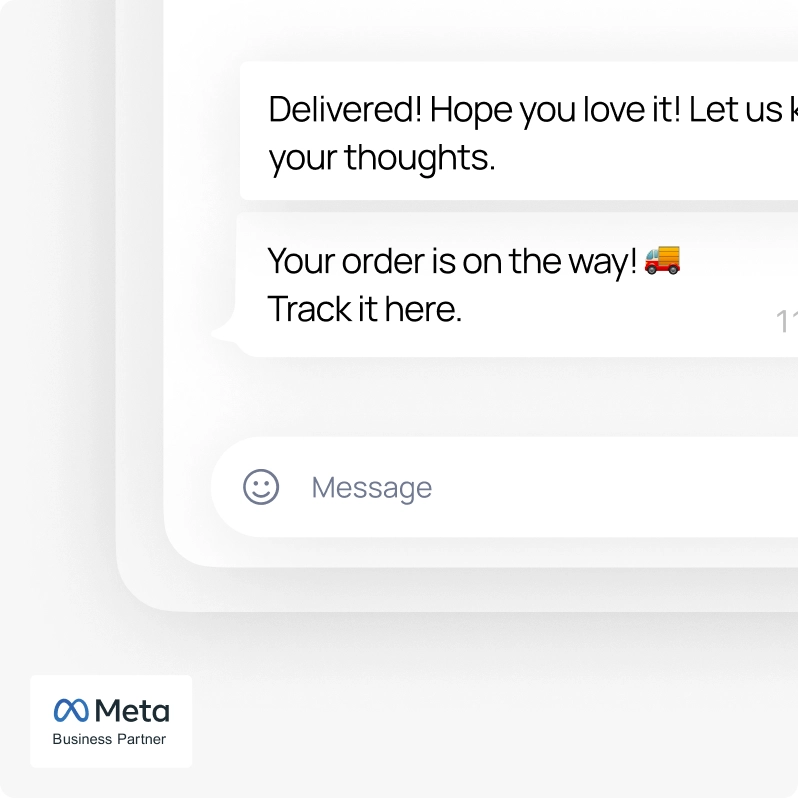
IV. Key Components of an Omnichannel Strategy
A truly effective omnichannel experience doesn’t happen by accident. It’s a carefully engineered ecosystem built on several critical, interconnected pillars. These components work in harmony to create the seamless, personalized, and convenient journey that modern customers demand. Think of them as the foundational blueprints for building a customer-centric retail machine.
Consistent Branding and Messaging 🎨
This is the most visible component of your strategy—it’s the “face” of your brand. Consistency is about ensuring that your brand’s identity, voice, and promise are uniform and recognizable across every single channel. It goes far beyond simply using the same logo and color palette. It means the playful, witty tone of your social media posts should match the language in your marketing emails. The premium, helpful customer service a shopper receives in-store must be mirrored in the experience of your website’s live chat.
Any inconsistency, no matter how small, can shatter the illusion of a single, unified brand. If a promotion advertised online isn’t honored in-store, or if the return policy on the app differs from the one on the website, it creates friction and erodes trust. Maintaining consistency assures customers that they are engaging with one cohesive entity, which builds confidence and strengthens brand identity.
Integrated Technology and Systems ⚙️
If consistent branding is the face of your strategy, then integrated technology is its central nervous system. This is the powerful, behind-the-scenes infrastructure that connects every channel and enables the seamless flow of data. Without a unified tech stack, a true omnichannel experience is impossible. Key systems include:
- Centralized Customer Data Platform (CDP): This is the heart of your data integration. A CDP acts as a single source of truth, consolidating customer information from every touchpoint—website browsing history, mobile app usage, in-store purchases, email engagement, and customer service interactions. By creating a 360-degree view of each customer, a CDP provides the rich, unified data needed to power personalization at scale.
- Synchronized Inventory Management System: Have you ever checked online to see if an item is in stock, only to arrive at the store and find it’s not there? This frustrating experience is a direct result of siloed inventory systems. A synchronized system provides real-time visibility of inventory across all warehouses and physical stores. This is the technology that powers crucial features like “Buy Online, Pick Up In-Store” (BOPIS) and allows customers to see if a product is available at a nearby location directly from the product page.
- Integrated Point-of-Sale (POS) System: The modern POS is much more than a cash register. It must be fully integrated with your central customer and inventory databases. This allows an in-store associate to look up a customer’s online wish list, process a seamless return for an item purchased online, and apply loyalty points, ensuring the in-store experience is just another connected part of the overall customer journey.
Personalization 🧠
With a unified tech stack collecting data, the next step is to use that data to make the customer’s experience more relevant and meaningful. Personalization is the “brain” of the omnichannel operation, transforming raw data into intelligent, one-to-one interactions that make customers feel understood and valued.
This is where a customer engagement platform like indigitall becomes essential. indigitall acts as the activation layer for your customer data, allowing you to orchestrate and deliver personalized communications across key channels like web push, app push notifications, and in-app messages.
For example, your CDP identifies a customer who has repeatedly viewed a specific pair of boots on your website. This data can trigger a workflow in indigitall, which then sends a timely push notification to their phone: “Still thinking about the A-1 Boots? Your size is running low!” This simple, automated message is hyper-relevant because it’s based on the customer’s behavior, and it effectively bridges the gap between their online browsing and mobile engagement to create a single, persuasive conversation.
Seamless Customer Journey Mapping 🗺️
Finally, you need a blueprint. Customer journey mapping is the strategic process of outlining every possible path a customer can take when interacting with your brand. By stepping into your customers’ shoes, you can proactively identify potential points of friction, dead ends, or inconsistencies in their experience.
The goal is to analyze each stage—from awareness and consideration to purchase, retention, and advocacy—and optimize the handoffs between channels. For example, your map might reveal that the process of returning an online order is cumbersome. Using this insight, you could re-engineer the process to allow for easy, QR-code-based returns at any physical store, transforming a potential pain point into a convenient, loyalty-building experience. This strategic foresight ensures that your technology and branding efforts are all aligned toward the ultimate goal: making the customer’s journey as effortless and enjoyable as possible.
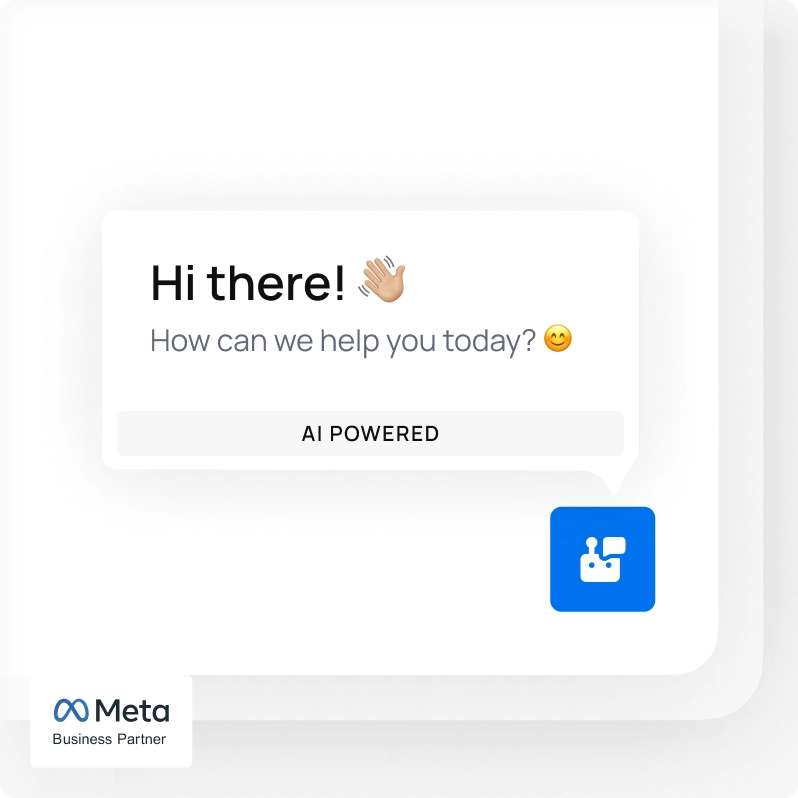
V. How to Implement an Omnichannel Strategy
Transitioning from a traditional or multichannel approach to a fully integrated omnichannel model is a significant undertaking, but it is far from impossible. It requires strategic planning, the right technology, and a company-wide commitment to placing the customer at the center of every decision. By following a structured, step-by-step process, businesses can build a robust omnichannel framework that drives growth and fosters lasting customer loyalty. Here is a five-step roadmap to guide your implementation.
1. Understand Your Customer (Deeply)
Before you can build a seamless experience, you must first understand the people you are building it for. This foundational step involves gathering qualitative and quantitative data to gain a deep, empathetic insight into your customers’ behaviors, needs, and motivations.
- Create Buyer Personas: Develop detailed, semi-fictional profiles of your ideal customers. These personas should go beyond basic demographics to include their goals, daily routines, technological preferences, and pain points. For example, you might have “Busy Brian,” a father who values convenience and uses his mobile app for quick purchases, and “Researcher Rachel,” who spends weeks comparing products on her laptop and reading reviews before visiting a store to see an item in person.
- Map the Customer Journey: For each persona, trace every possible path they take when interacting with your brand. This customer journey map should identify every touchpoint—from the initial social media ad they see to the post-purchase follow-up email. At each stage, document their actions, questions, and potential frustrations. This process will illuminate the “cracks” in your current experience, such as a clunky transition from app to website or a lack of information available to in-store staff. These friction points are your primary opportunities for improvement.
2. Choose the Right Channels
A common misconception is that an omnichannel strategy requires being present on every single channel. The reality is that it requires being present and integrated on the channels that matter most to your customers. The insights gained from your personas and journey maps are critical here.
If your data shows that “Busy Brian” is most active on your mobile app and through SMS alerts, while “Researcher Rachel” prefers email newsletters and your desktop website, then these are the channels where you must focus your integration efforts first. It is far more effective to deliver a perfectly seamless experience across a few high-impact channels than it is to offer a disjointed, mediocre experience across a dozen. Prioritize quality and connectivity over sheer quantity.
3. Integrate Your Technology
This is the technical backbone of your omnichannel strategy. This step involves breaking down the data silos between your existing systems and creating a unified tech stack that allows for the free flow of information. Investing in the right tools is non-negotiable.
This means implementing a Customer Data Platform (CDP) to serve as the central hub for all customer information. It requires ensuring your e-commerce platform, inventory management system, and in-store Point-of-Sale (POS) systems can all communicate with each other in real-time, often through APIs. The goal is to create a single source of truth for all customer and product data, enabling crucial functionalities like cross-channel inventory visibility, persistent shopping carts, and a unified view of customer purchase history for your support teams.
4. Create a Consistent Brand Experience
With your customer insights and technology in place, the next step is to execute. This involves aligning your teams and training them to deliver a consistent brand experience at every touchpoint. Your brand’s voice, values, and service standards must be understood and embodied by everyone, from the marketing team writing email copy to the sales associate on the shop floor.
Develop a comprehensive set of brand guidelines that covers everything from visual identity to customer service protocols. If your brand promise is centered on speed and convenience, ensure your in-store staff are trained and equipped to handle online returns quickly and efficiently. If it’s centered on expert advice, empower your online chat agents with the same deep product knowledge as your most experienced retail employees.
5. Test, Measure, and Optimize
An omnichannel strategy is not a “set it and forget it” project. It is a living, evolving system that requires continuous monitoring and improvement. Establish a clear set of Key Performance Indicators (KPIs) to track your success, focusing on customer-centric metrics.
Monitor metrics like Customer Lifetime Value (CLV), customer retention rates, Net Promoter Score (NPS), and channel-specific data like cart abandonment rates. Use A/B testing to experiment with new features or messaging. For example, you could test the impact of offering “reserve in store” on foot traffic and conversion rates. Use a centralized analytics dashboard to gain a holistic view of performance, analyze the data to understand what’s working and what’s not, and use those insights to make iterative, data-driven improvements to the customer journey.
VIII. Conclusion: The Future is Seamless
In today’s competitive landscape, the path to sustainable growth is paved with exceptional customer experiences. We’ve seen that omnichannel e-commerce is no longer a buzzword but a fundamental business strategy. It’s the evolution from simply being present on multiple channels to weaving them into a single, intelligent, and unified ecosystem that revolves entirely around the customer. By doing so, you create a fluid and consistent journey that meets your customers wherever they are, building trust and satisfaction at every turn.
The benefits are undeniable. By embracing an omnichannel approach, you not only elevate your customer’s experience but also drive tangible business results: increased sales, higher customer lifetime value, and a stronger, more loyal customer base. The journey begins with a commitment to deeply understanding your customer, which serves as the blueprint for integrating your technology and aligning your brand to deliver on the promise of a truly seamless experience.
The transition to a fully connected ecosystem can feel complex, but you don’t have to navigate it alone. The right technology partner can bridge the gap between your channels and your customers, turning valuable data into personalized, meaningful conversations.
Ready to break down your channel silos and build a truly customer-centric experience?
indigitall’s powerful engagement platform is designed to help you connect with your customers at the right moment, on the right channel. Contact us today to request a demo and discover how our solutions can help you orchestrate a seamless omnichannel strategy that drives loyalty and growth.












